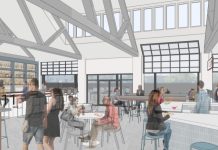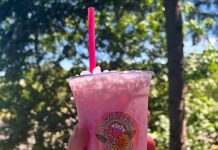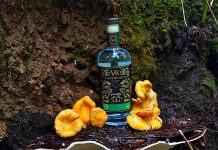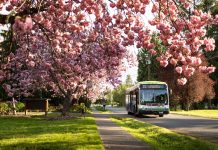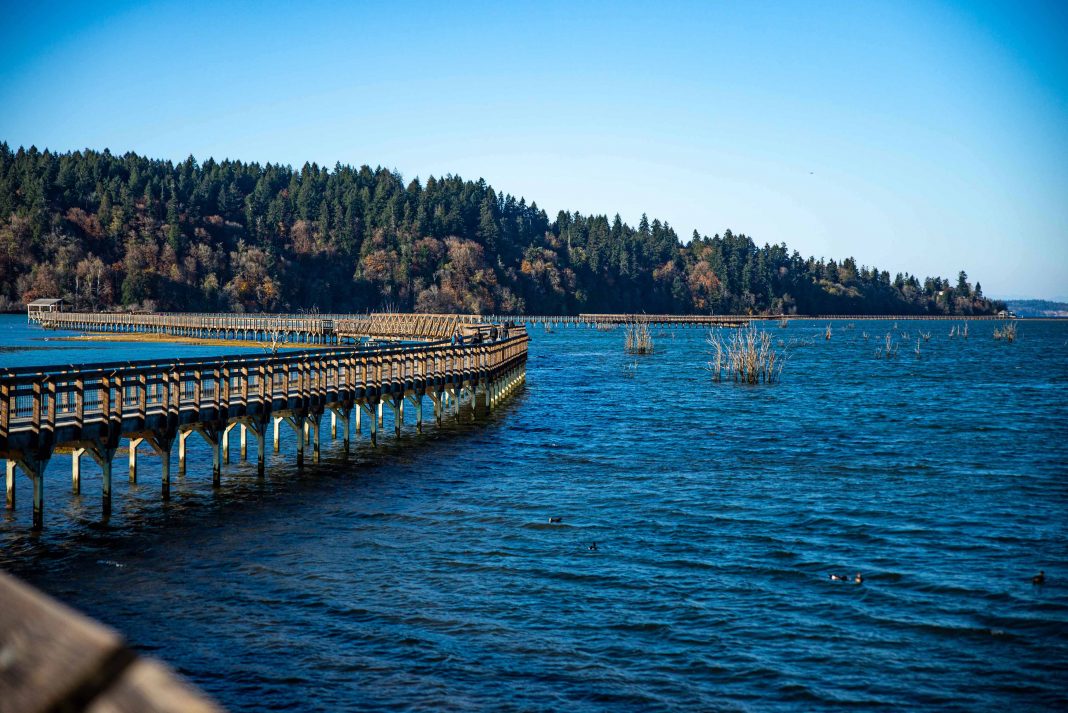Home to many species of bird, mammal, reptile and other wildlife of the Pacific Northwest, the Billy Frank Jr. Nisqually National Wildlife Refuge is open to the public for activities like nature walks, bird watching and educational opportunities. Because of its central location in the South Sound region, the refuge is an ideal day trip destination for out-of-town visitors and local residents.
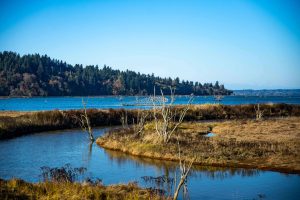
The refuge was officially formed in 1974 to prevent industrial development on the land and to safeguard the unique landscapes and habitats that are key for many of the region’s migratory bird species.
Nisqually National Wildlife Refuge visitors can take in sights and sounds of the Nisqually River Delta from the marked trails and boardwalks. They will experience diverse landscapes including freshwater marshland, forest and grassland, and may see some of the 250 species of wildlife that call the refuge home. Visitors may be able to spot different types of birds depending on the time of year, including herons, woodpeckers, sparrows, hawks and bald eagles.
Outdoor Day Trip in the South Puget Sound Region
Activities permitted within the Billy Frank Jr. Nisqually National Wildlife Refuge varies from that of a state or national park. In a park setting, there may be space for recreation, meal preparation, sporting events or bonfires. At the refuge, though, the primary focus is to maintain wildlife habitat while educating the general public about the local environment.
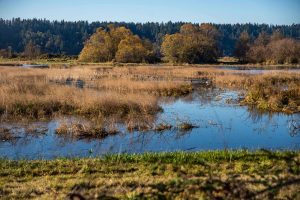
Certain policies have been put in place to ensure safety and security for wildlife and the refuge grounds. There are no bonfires, camping or pets allowed at the Nisqually National Wildlife Refuge, although certified service dogs are allowed. Julia Pinnix, Billy Frank Jr. Nisqually National Wildlife Refuge visitor services manager, says that potential visitors may want to stop by the Thurston County-based Tolmie State Park if they are looking for an outdoor recreation space that is more pet friendly.
“The refuge here is different from a park of that nature because here, the wildlife are the thing that we’re most interested in protecting,” explains Pinnix. “People can come in here to have the experience of seeing wildlife and in order to make that experience as good as possible and to protect the wildlife that’s here, we don’t allow pets.”
The refuge is a treat for lovers of nature, bird watchers, wildlife photographers and those looking to learn more about the wildlife of the Pacific Northwest.
Notable Spots at the Nisqually National Wildlife Refuge
The refuge contains several different landscapes, landmarks and trails that showcase the beauty of the natural area and history of the refuge’s land. Although no bikes or motorized vehicles are allowed on refuge trails, both strollers and wheelchairs are welcome.
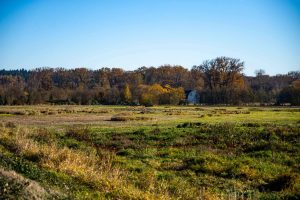
“Most of our trails are really accessible,” says Pinnix. They’re intended to be level and flat and wide so that people can get around. So, it’s actually a really great place to come for folks who have wheelchairs or folks who have any kind of mobility impairment. A lot of our trail system is actually boardwalk with a big handrail on it, so people can get a little extra support as you’re going around.”
When heading down certain portions of the Twin Barnes Loop Trail, towering white barn buildings begin to appear in the distance. The Twin Barns are a remnant from the land’s agricultural past.
After visiting the Twin Barns, the Nisqually Estuary Trail connects the Twin Barns Loop to the refuge’s Nisqually Estuary Boardwalk. A trip on the Nisqually Estuary Trail may be ideal for bird watchers and photographers, as they can find clear views of both wetlands and the river estuary.
The Nisqually Estuary Boardwalk is perhaps one of the most notable spots on the refuge. Depending on the time of year, the boardwalk features possible views of mountain ranges, the river estuary, wetlands, marshland and the Puget Sound. Observation decks located throughout the boardwalk may offer enhanced views of the surrounding landscapes.
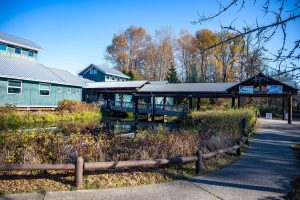
The Norm Dicks Visitor Center can be a helpful starting point to search for wildlife from the center’s observation deck. The visitor center also contains a gift shop and a team of volunteers who can help visitors to learn more about the refuge and the wildlife that may be found on the grounds.
“Our volunteers are such an important part of how we serve the public,” says Pinnix. “So, if folks are visiting here and they see someone wearing a blue outfit with a volunteer patch, they know that that’s somebody that they can go and talk to. That they can ask questions from. And those folks will be very happy to help them.”
Guided Walks at the Nisqually Wildlife Refuge
For those hoping to get a more solid education about the refuge, there are a range of guided walks available to visitors in the spring and summer months. These walks are led by a ranger or knowledgeable volunteer and may vary in subject matter from refuge habitats, to history of the refuge grounds. Bird watching enthusiasts also have the opportunity to take part in volunteer birding groups that help to observe the different species that reside in the refuge.
To learn more about the refuge, hours or activities allowed on the grounds, visit the Billy Frank Jr. Nisqually National Wildlife Refuge website.
Sponsored





